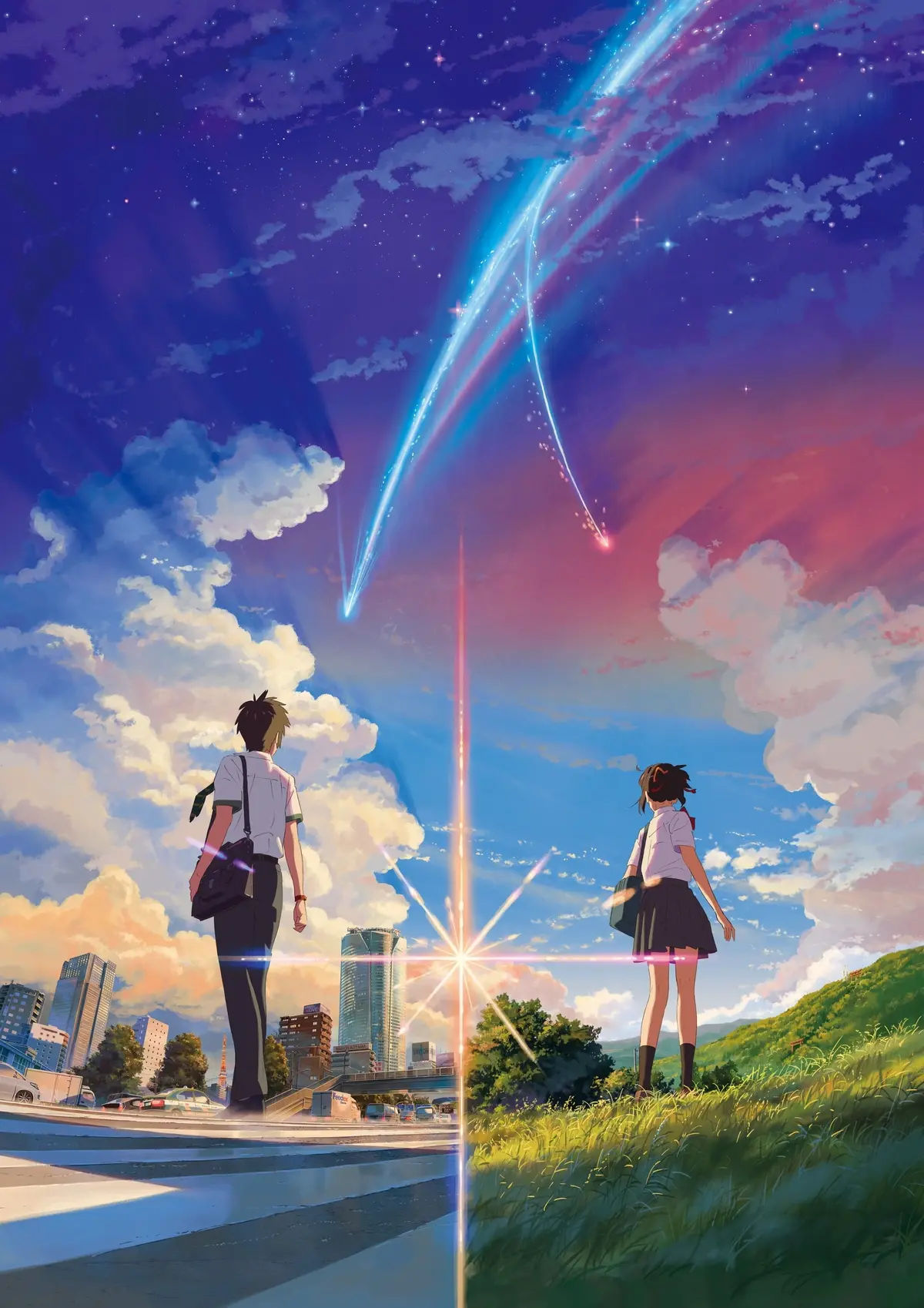When Music Speaks – The Soul of Anime Soundtracks
From the first seconds of an anime, the music sets the atmosphere. Whether it’s a flamboyant opening, a melancholic theme, or a subtle background melody, the soundtrack guides emotions and enriches storytelling. This article explores how anime music transcends mere accompaniment—it becomes a voice, a memory, an identity.
Countless anime feature soundtracks so iconic they can instantly evoke scenes, characters, or eras. From Neon Genesis Evangelion (Official Trailer) to Your Name (Official English Clip), and through Cowboy Bebop (Opening) or Attack on Titan (OST Preview), music acts as a narrative thread and emotional catalyst.
The Evolution of Anime Music
Historically, anime music evolved alongside technology and audience expectations. From the 1970s to today, simple synthetic melodies gave way to symphonic or experimental compositions by renowned artists like Joe Hisaishi.
In Princess Mononoke (Studio Ghibli OST), Hisaishi’s score doesn’t just accompany—it embodies nature’s soul, the gravity of conflict, and the heroes’ silent tenderness. Here, music becomes sacred language, pure emotional expression.

Music as Narrative Manifesto
In contrast, FLCL (Official Trailer) uses The Pillow’ raw rock soundtrack to mirror chaotic youth and fragmented storytelling. The music becomes an aesthetic manifesto.
Animation often syncs with music to create fusion moments. Beck (Live Scene) films concerts as dramatic climaxes, while Carole & Tuesday (Official PV) makes music its driving narrative force.
The Composers’ Signature
Choice of composer is never accidental. Yoko Kanno, Hiroyuki Sawano, and Kenji Kawai created instantly recognizable sonic identities that define their anime.

Openings as Cultural Phenomena
Openings and endings became subgenres themselves. Tracks like Cruel Angel’s Thesis (Evangelion OP) or Tank ! (Cowboy Bebop OP) outgrew their anime to become pop culture landmarks.
Music can also create intentional dissonance. Made in Abyss (OST Excerpt) contrasts gentle melodies with dark imagery for haunting effect—a powerful narrative tool.
Emotional Alchemy
Music’s emotional role is fundamental. A sad scene loses power without it, while the right track elevates mundane moments. Clannad: After Story (Piano Scene) proves how compositions alone can trigger tears.

Music as Cultural Bridge
Anime like Your Lie in April (Concert Scene) or Nodame Cantabile (Performance Clip) make music their central subject—a driver of human relationships and emotional states.
Traditional Japanese instruments (koto, shamisen, taiko) in Inuyasha (OST Theme) or Demon Slayer (Tanjiro’s Theme) connect viewers to timeless Japan. Meanwhile, global orchestral concerts celebrate anime OSTs as art forms.
The Future of Anime Music
Anime music bridges cultures, emotions, and fiction with reality. Analyzing a soundtrack reveals an anime’s unspoken DNA.
Tomorrow, AI, interactive scores, and VR may expand this role further. But one truth remains: as long as anime tells stories, melodies will carry them forward.
When Music Speaks – The Soul of Anime Soundtracks
Table of Contents
When Music Speaks – The Soul of Anime Soundtracks
From the first seconds of an anime, the music sets the atmosphere. Whether it’s a flamboyant opening, a melancholic theme, or a subtle background melody, the soundtrack guides emotions and enriches storytelling. This article explores how anime music transcends mere accompaniment—it becomes a voice, a memory, an identity.
Countless anime feature soundtracks so iconic they can instantly evoke scenes, characters, or eras. From Neon Genesis Evangelion (Official Trailer) to Your Name (Official English Clip), and through Cowboy Bebop (Opening) or Attack on Titan (OST Preview), music acts as a narrative thread and emotional catalyst.
The Evolution of Anime Music
Historically, anime music evolved alongside technology and audience expectations. From the 1970s to today, simple synthetic melodies gave way to symphonic or experimental compositions by renowned artists like Joe Hisaishi.
In Princess Mononoke (Studio Ghibli OST), Hisaishi’s score doesn’t just accompany—it embodies nature’s soul, the gravity of conflict, and the heroes’ silent tenderness. Here, music becomes sacred language, pure emotional expression.
Music as Narrative Manifesto
In contrast, FLCL (Official Trailer) uses The Pillow’ raw rock soundtrack to mirror chaotic youth and fragmented storytelling. The music becomes an aesthetic manifesto.
Animation often syncs with music to create fusion moments. Beck (Live Scene) films concerts as dramatic climaxes, while Carole & Tuesday (Official PV) makes music its driving narrative force.
The Composers’ Signature
Choice of composer is never accidental. Yoko Kanno, Hiroyuki Sawano, and Kenji Kawai created instantly recognizable sonic identities that define their anime.
Openings as Cultural Phenomena
Openings and endings became subgenres themselves. Tracks like Cruel Angel’s Thesis (Evangelion OP) or Tank ! (Cowboy Bebop OP) outgrew their anime to become pop culture landmarks.
Music can also create intentional dissonance. Made in Abyss (OST Excerpt) contrasts gentle melodies with dark imagery for haunting effect—a powerful narrative tool.
Emotional Alchemy
Music’s emotional role is fundamental. A sad scene loses power without it, while the right track elevates mundane moments. Clannad: After Story (Piano Scene) proves how compositions alone can trigger tears.
Music as Cultural Bridge
Anime like Your Lie in April (Concert Scene) or Nodame Cantabile (Performance Clip) make music their central subject—a driver of human relationships and emotional states.
Traditional Japanese instruments (koto, shamisen, taiko) in Inuyasha (OST Theme) or Demon Slayer (Tanjiro’s Theme) connect viewers to timeless Japan. Meanwhile, global orchestral concerts celebrate anime OSTs as art forms.
The Future of Anime Music
Anime music bridges cultures, emotions, and fiction with reality. Analyzing a soundtrack reveals an anime’s unspoken DNA.
Tomorrow, AI, interactive scores, and VR may expand this role further. But one truth remains: as long as anime tells stories, melodies will carry them forward.